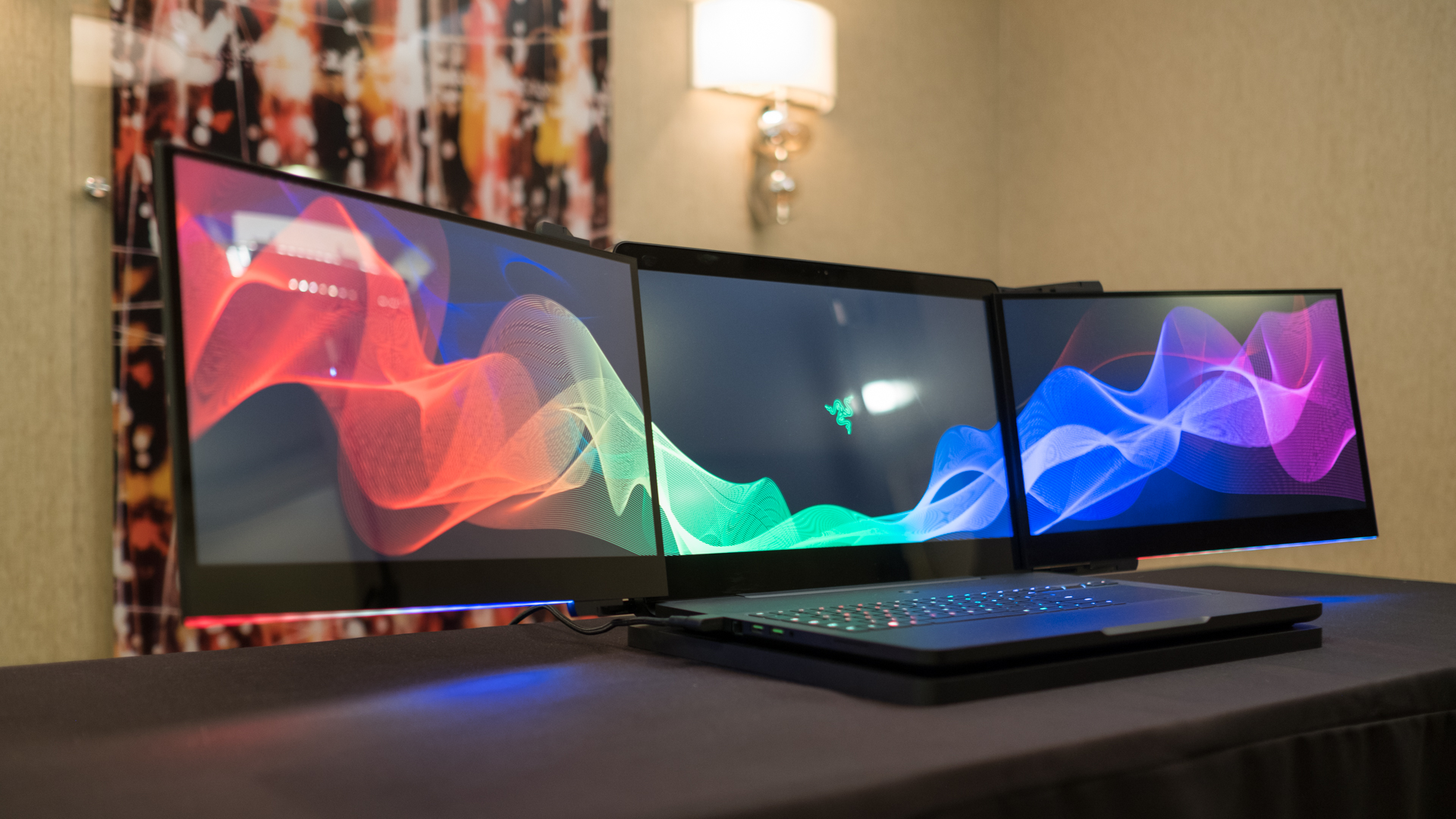

While you’ll need to sit well back from those, there’s no denying that they look amazing. If you want to go extreme, we’ve even tried some great computer monitors that get close to 50 inches, like this ever-so-impressive 48-inch LG UltraGear OLED. Monitors that stretch 27 inches diagonally are increasingly popular, and there are plenty of options beyond 30 inches that are affordable.
Computer screens 4 1080p#
At that resolution, you won’t need to spend much money on the rest of the computer, as there are plenty of affordable 1080p GPUs to choose from.įor those who want more than that, though, there are plenty of sizes to choose from. For most, 24 inches is going to be a baseline, as you can pick up a number of screens at that size for around $100, and they look fantastic at 1080p. These days, we really don’t recommend buying a monitor below 22 inches. When it comes to computer monitors, you want something that can fit comfortably on your desk while giving you plenty of screen real estate.
Computer screens 4 windows#
Newer laptops – particularly Apple models – will also offer Thunderbolt as an output source for your monitor.įind out more about how we test music gear and services at MusicRadar.Best monitor deals: Gaming, office, curved, OLED and moreīest Apple Studio Display deals: Up to 16% off the 5K monitorīest HP laptop deals: Get a 14-inch Windows laptop for $170 HDMI is the most common, however desktop PCs may also offer DisplayPort outputs. Connectivity is important, however, and is dependent on your laptop or PC’s video output capabilities. If the monitors are being used in a home studio, then you can look past the built-in speakers as they will most likely be bypassed. Admittedly, this isn’t unique to ultrawide monitors, but that extra width makes it a lot more palatable than a regular screen. You could, for example, have your DAW fill three-quarters of the screen, and use the remaining quarter to display your plugins. The extra width offers the ability to fit more of your timeline in view, while also enabling you to place multiple applications next to each other and see them all at the same time. Ultrawide monitors, which offer a 21:9 ratio, are near-perfect for use with DAWs. What is interesting, particularly for DAW users, is the new breed of monitors which have grown in popularity in recent years. Your mileage may vary, as the saying goes. For some, a gentle curvature of the screen means less time turning your head. Large enough so you can fit everything on and it be at a decent enough size that you can read it, but not so large that your eyes start to ache after an hour’s use. That’s not to say you necessarily need to look towards the enormous TV-sized monitors indeed, if it’s located on your desk mere inches from your eyes, we’d probably advise against anything larger than 32”. For home studios, you’re looking for as much screen real estate as you can afford. For music-making, it’s not as important to have high-resolution images, or snappy refresh rates. When you’re shopping for a new monitor, there are likely two main factors that will come into your decision-making process size and cost. Best computer monitors for music production: Buying advice


 0 kommentar(er)
0 kommentar(er)
